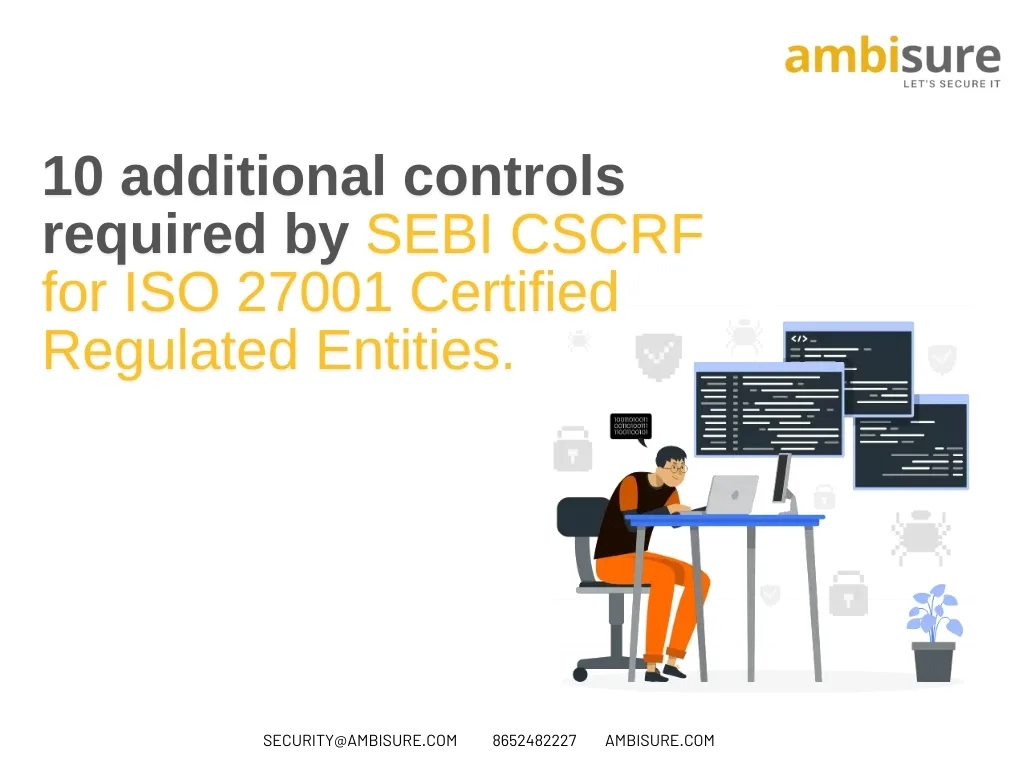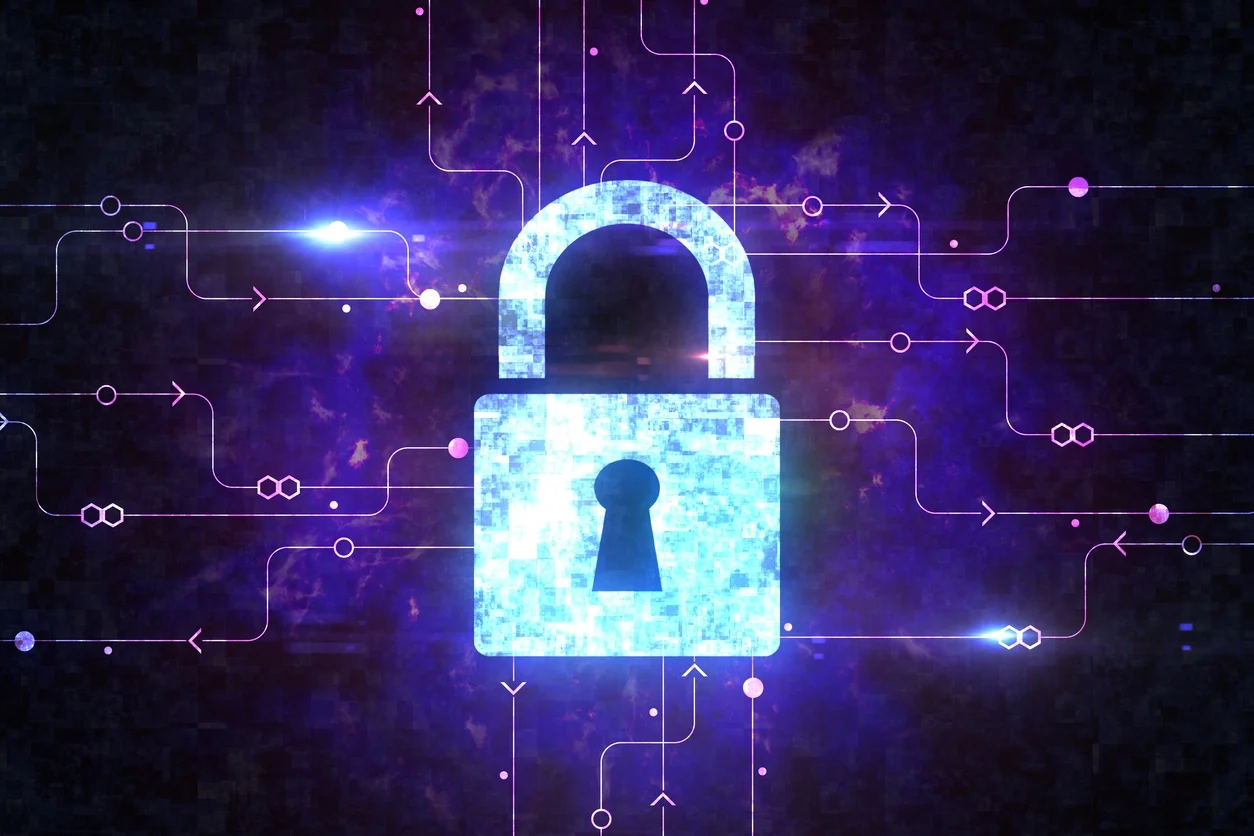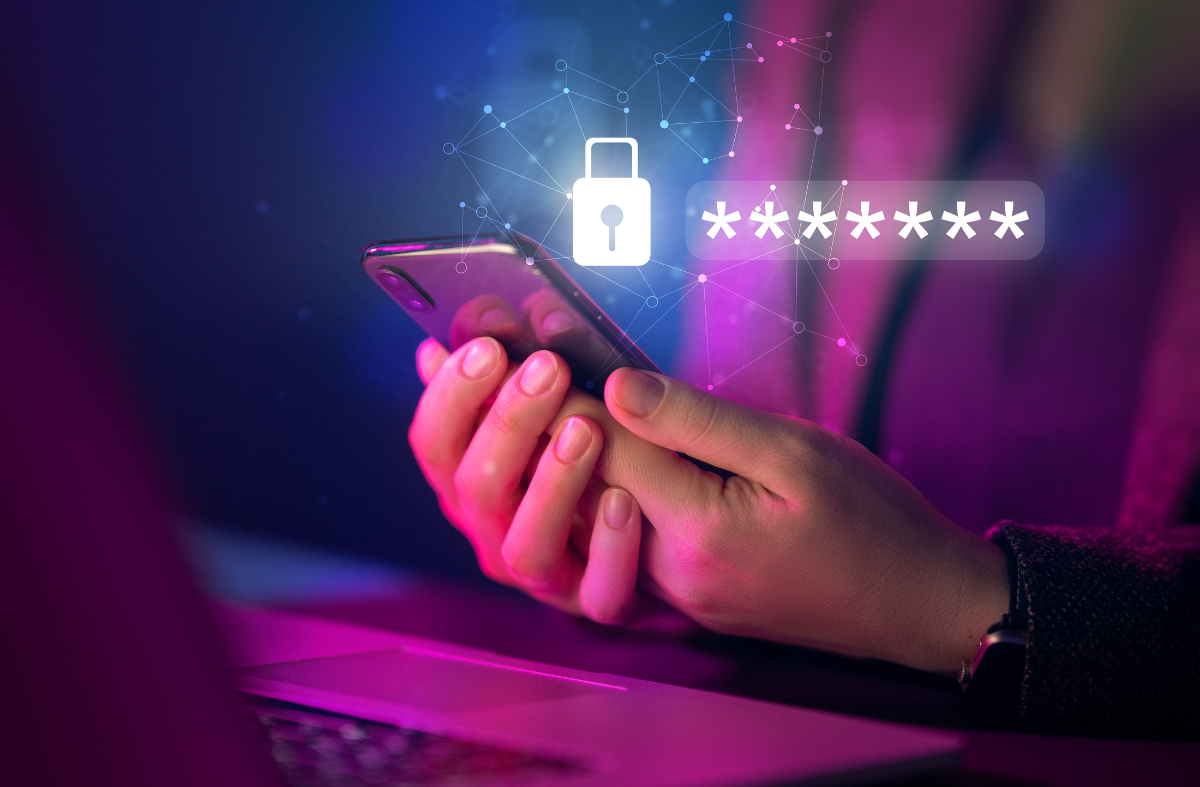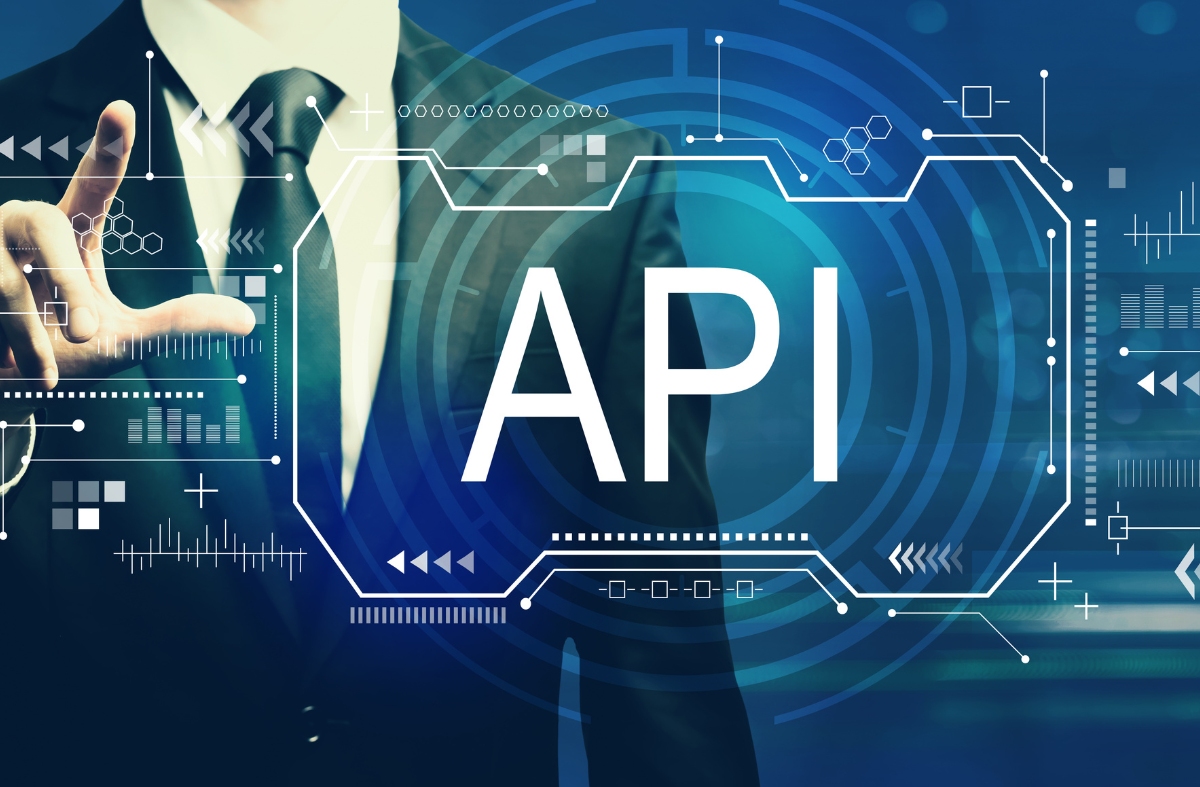10 additional controls required by SEBI CSCRF for ISO 27001 Certified Regulated Entities
If you’re a Qualified Regulated Entity (RE) certified with ISO 27001:2022, you have won half the battle of SEBI compliance. However, SEBI’s Cybersecurity and Cyber Resilience Framework (CSCRF) adds essential controls that go beyond ISO standards. Here are key additional controls and solutions SEBI mandates, ensuring your organization is truly resilient against sophisticated threats.
Here’s a table summarizing this additional controls & what is missing in your existing ISO27001:
| Additional Control/Solution | Explanation | ISO 27001 Gap |
|---|---|---|
| 1. Breach & Attack Simulation (BAS) | Simulate real-world attacks through Red Teaming exercises, Continuous Automated Red Teaming (CART), & Table Top Exercises. | ISO 27001 lacks a specific mandate for continuous attack simulations. |
| 2. Supply Chain & Vendor Risk Management | Evaluate and monitor third-party cybersecurity posture and risks. | ISO 27001 suggests third-party assessment but lacks focus on full supply chain impacts. |
| 3. Data Loss Prevention (DLP) | Implement measures to prevent unauthorized data exfiltration. | ISO 27001 covers data protection broadly but doesn’t specifically require DLP. |
| 4. Threat Intelligence & Dark Web Monitoring | Monitor threat intelligence feeds and dark web for potential threats. | ISO 27001 lacks a specific mandate for real-time threat intelligence monitoring. |
| 5. Application Security (API Security & VAPT) | Conduct vulnerability assessments and penetration testing for APIs and web applications. | ISO 27001 covers VAPT but lacks emphasis on API security. |
| 6. Secure Software Development Lifecycle (SSDLC) | 6. Secure Software Development Lifecycle (SSDLC)Embed security in each stage of the software development lifecycle (e.g., secure coding). | 6. Secure Software Development Lifecycle (SSDLC)Embed security in each stage of the software development lifecycle (e.g., secure coding).ISO 27001 encourages secure practices but lacks specific SSDLC requirements. |
| 7. Post-Quantum Cryptography (PQC) Preparedness | Implement quantum-resistant encryption to prepare for quantum threats. | ISO 27001 doesn’t yet cover post-quantum cryptography requirements. |
| 8. Continuous Monitoring & SIEM | Use a Security Information and Event Management (SIEM) system for real-time monitoring. | ISO 27001 mandates monitoring but lacks a requirement for comprehensive SIEM. |
| 9. Data Classification & Masking | Classify data based on sensitivity and implement masking techniques for secure handling. | ISO 27001 addresses data protection but lacks specific requirements for classification and masking. |
| 10. Cloud Security & CASB Solutions | Ensure cloud environments are secure with Cloud Access Security Broker (CASB) solutions. | ISO 27001 covers general cloud security but does not require CASB. |
While ISO 27001 certification establishes a robust foundation, the Expert team of AmbiSure Technologies is well equipped to help you implement these additional controls that ISO27001 alone may not cover. Don’t let ISO certification be the endpoint—stay proactive with SEBI’s CSCRF standards to build a truly resilient cybersecurity strategy.
Archives
- March 2025 (6)
- February 2025 (5)
- November 2024 (5)
- June 2024 (7)
- April 2024 (1)
- September 2022 (3)





















